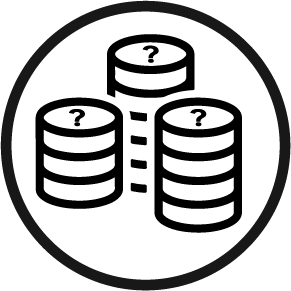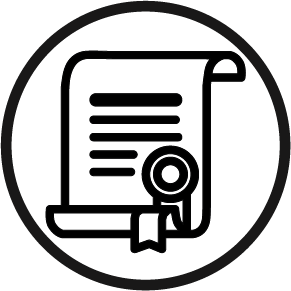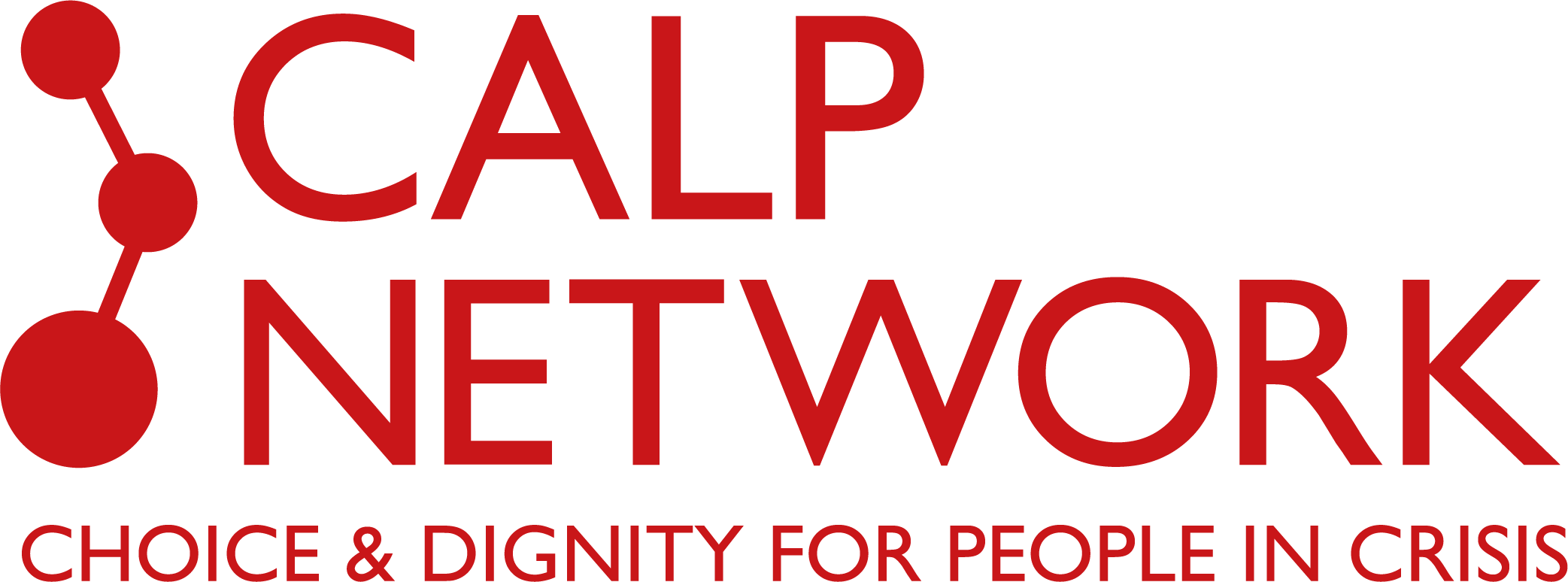Course information
Short Summary:
An online self-study course - Linking Humanitarian Cash and Voucher Assistance with Social Protection.
Course short name:
Linking HCVA with SP 2023
Hide course from catalogue: No
Topic: Humanitarian Essentials, Management Essentials, Programmatic Support, Technical Sectors
Management Essentials: Leadership skills, Project management
Safety and Security:
Programmatic Support: Coordination, Information management and technology, Monitoring and evaluation, Programme design
Technical Sectors: Cash and voucher assistance / cash transfer programming
Humanitarian Essentials:
Language: English
Format: Online self-directed
Provider: CALP Network (CALP)
Region: Global
Compatibility: Offline, Tablet, Smartphone
Welcome to the course Linking Humanitarian CVA with Social Protection.

Is this course for me?The aim of of this course it to promote informed and on-going dialogue between humanitarian and social protection stakeholders on the ways forward for linking humanitarian CVA and social protection in given regional/country contexts.

How will I benefit from this course?
By the end of this course, participants will be able to:
Define social protection and the components that are relevant from a humanitarian perspective.
Explain the importance of linking humanitarian CVA and social protection.
Outline the main frameworks and approaches to making social protection more responsive to shocks.
Summarise the operational options for linking humanitarian CVA with social protection.
Identify the potential roles and entry points for different actors in making social protection systems responsive to shocks.
Provide examples of scaling up social protection for humanitarian response in different contexts.
List the potential challenges and key lessons learned for linking humanitarian CVA with social protection.Explain the key steps and considerations involved in designing humanitarian CVA that contribute to strengthening/developing social protection systems in a country.
Contextualize and apply tools for identifying practical options for linking humanitarian CVA and social protection in any given country.
Clarify the roles of different stakeholders in linking humanitarian CVA with social protection in particular.
Identify the key factors to consider in preparedness for linking humanitarian CVA with social protection.
Suggest ways to ensure coordination on linking humanitarian CVA with social protection at country level.

How long will it take? This course should take you around 4-5 hours to complete.

How much does it cost? This course is free!

Will I get a certificate at the end? Yes - you will be able to download a certificate once you have have completed Part 1 and Part 2 of the course, and provided feedback in the evaluation form.
 How do I start? Scroll to the top of the page and click on the Join course button. This will take you through to the course content. You don't need to complete the course in one go - you can always continue later from where you left off.
How do I start? Scroll to the top of the page and click on the Join course button. This will take you through to the course content. You don't need to complete the course in one go - you can always continue later from where you left off.Data protection and consent
This course was created and is administered by the CALP Network. By joining this course you are consenting to CALP being given access to your Kaya profile information, including your name and email address, so that they can provide the course. This may require them to contact you in the future for feedback on the course. Your data will be anonymised before it is used for any analysis or reporting purposes. If you have any questions about this, please email training@calpnetwork.org

